If you’ve ever tried to open a picture or link on a website and it didn’t work, chances are a path was wrong. In web development and file management, a “path” is like a map to a file or folder.
In Japanese, the word soutaipasu (相対パス) means relative path. Even though it comes from the tech world, the idea is simple: it’s a way to tell a computer where something is based on where you are right now.
What is soutaipasu?
Think of your computer or a website like a big building with many rooms. Each file—like a picture, a video, or a page—is in one of those rooms.
A soutaipasu is like saying, “Go two rooms down the hall and then turn left” instead of saying the building’s full address. It gives directions relative to your current location.
Soutaipasu vs. Absolute Path
There are two main ways to point to a file:
- Absolute path — the full address, like “123 Main Street, 4th floor.” No matter where you are, you can find it.
- Soutaipasu (relative path) — directions from where you are now, like “Go to the next floor and open the second door.”
Both are useful, but soutaipasu is great when you’re working inside a project where the location of files may change but their relationship stays the same.
Why soutaipasu is important
- Flexibility — If you move a folder or project to a new location, relative paths still work as long as the structure stays the same.
- Portability — You can send your project to someone else without them needing to change file addresses.
- Clarity — It’s easier to understand file relationships when they’re described in relation to each other.
- Simplicity — You don’t have to type long, complicated addresses every time.
Everyday examples
Here are some simple, non-technical ways to think about soutaipasu:
- Photo albums: Instead of saying, “My photo is in /Users/Jane/Documents/Vacation2023/Beach.jpg,” you just say, “It’s in the Vacation2023 folder next to this one.”
- Office directions: If someone is already in your office building, you can just tell them “second door on the right” instead of giving your full street address.
- Recipe book: If you’re on page 20, a note might say “See the chart on the previous page” instead of “Go to page 19 of the 200-page book.”
Benefits for websites
When building a website, soutaipasu can make things easier:
- Easier testing — Developers can test websites on their own computers without changing links later.
- Less editing — If the website address changes, the internal links still work.
- Organized files — Using relative paths encourages keeping files neatly grouped together.
Common mistakes with soutaipasu
Even though it’s simple, there are a few ways it can go wrong:
- Too many steps back — If you have to go “up” several folders, it can get confusing and break links.
- Wrong starting point — Forgetting where you are in the folder structure means your directions lead nowhere.
- Case sensitivity — On some systems, “Logo.jpg” is different from “logo.jpg,” and a wrong letter can break a path.
Soutaipasu in real life projects
In a small website project, pictures might be stored in an “images” folder, and pages in a “pages” folder. If a page needs to show a picture, a soutaipasu tells the browser exactly how to find it based on where that page is located.
If the whole project is moved to a different computer, the images still load as long as the folder layout stays the same.
Final thoughts
Understanding soutaipasu is about understanding relationships between files. It’s like giving directions to a friend who is already nearby, instead of giving them your entire home address.
By using soutaipasu wisely, you make projects easier to move, share, and maintain—whether you’re building a personal blog, organizing photos, or creating a big website.

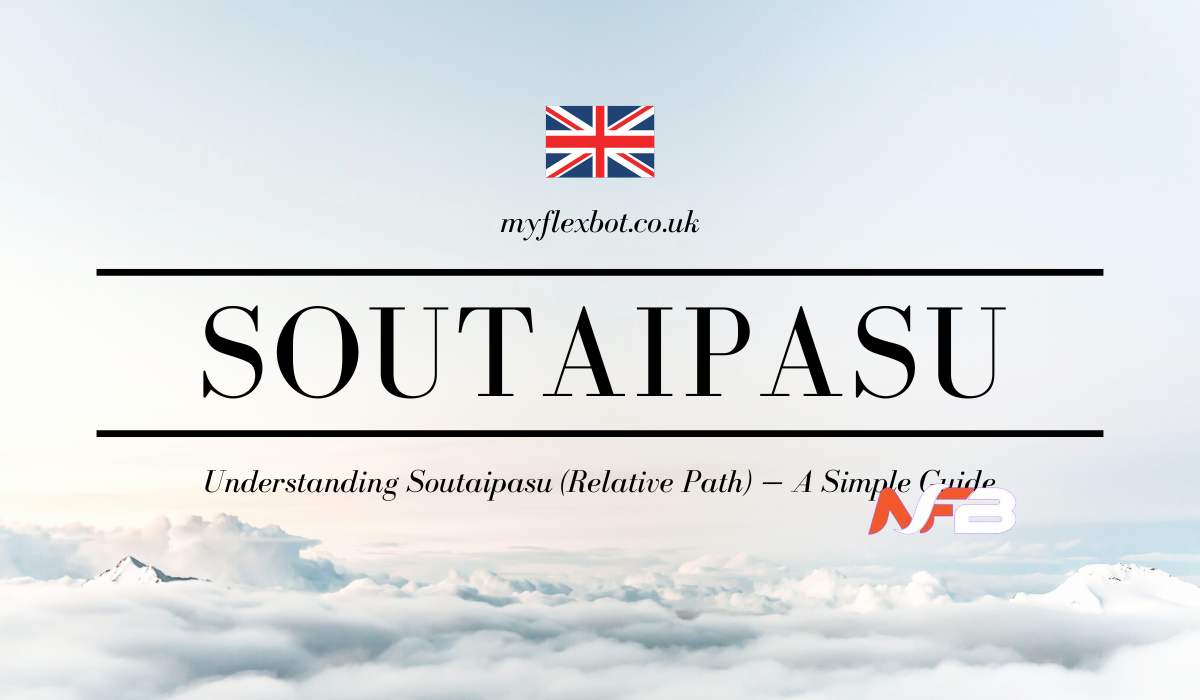

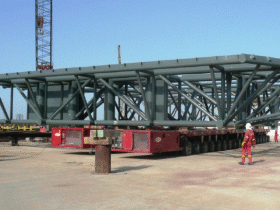






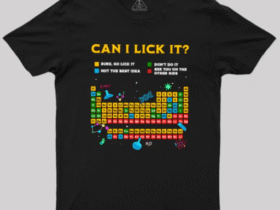

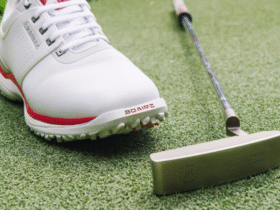
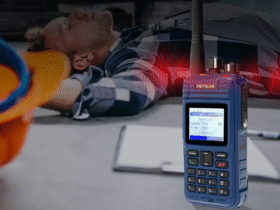

Leave a Reply